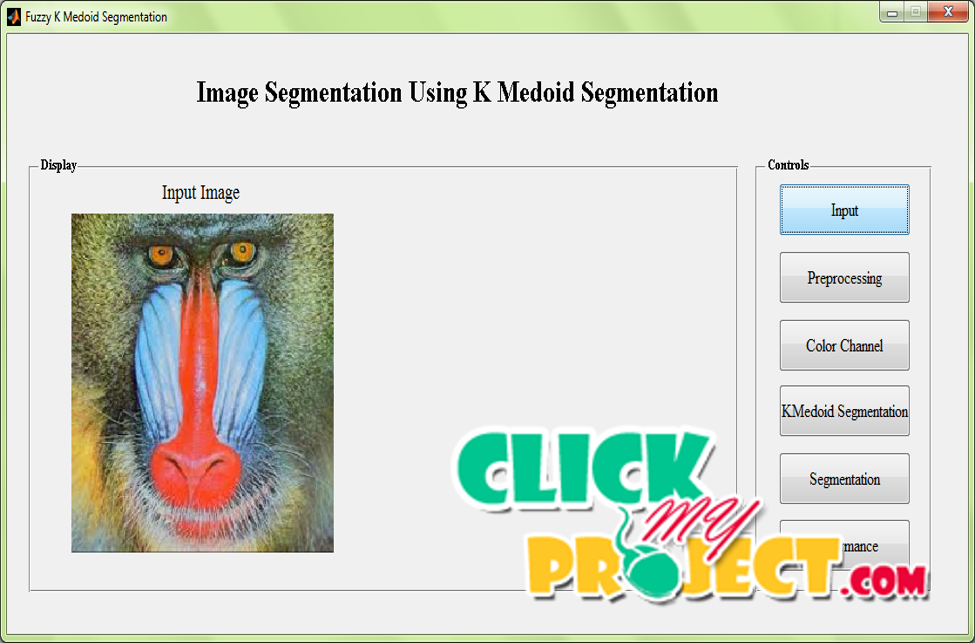Image Segmentation Using Rough Fuzzy k medoid Algorithm
₹3,000.00
10000 in stock
SupportDescription
The segmentation of the image refers to extracting the needed region from the image based on some specified methodologies. The segmentation methodologies are commonly based on thresholding (i.e.) the regions within the particular range or pixels that are having particular value. Edge detection, Contour extraction, Clustering are all segmentation methodologies. Edge detection identifies the edge points around the needed objects. Contour extraction refers to outlining the segmented portion from the image. Clustering refers to producing separate identifications (i.e.) color, contour differences for the regions in the image that are similar in intensity or similar in color. The clustering based methodologies segments the regions by grouping the pixels that have similarities in any of the cases such as intensity, color etc. The clustering based methodologies groups the pixels that are having similarities within them. The clustering methodologies can provide accurate results for most of the cases. As the number of clusters separated from the images increases the segmentation accuracy also increases. The proposed FUZZY K MEDOID based segmentation method is clustering based segmentation methodology. The number of clusters were determined automatically. The images are initially preprocessed by using median filter and adaptive histogram equalization. The median filter replaces the identified noisy pixel in the image by calculating the median of the neighboring pixels. The preprocessing step is the basic of all the image processing methods. This process makes the image to have same range of intensity in the whole image. Discrete wavelet Transformation were applied to the images inorder to make the clustering process robust to noise. The required region are segmented from the preprocessed images using FUZZY K MEDOID algorithm. Each pixel in the image is checked whether it satisfies the rule generated using the fuzzy logics. If the rules were satisfied means the values were taken as the similar groups. The number of rules generated were default and they varies for different images. At each time the rule generation strategy changes in the FUZZY K MEDOID segmentation. The kernel function were defined by the distance between the cluster center and the pixels in the image. The kernel based clustering process improves the rate of clustering and hence the clustering process will be more reliable. The inverse transformation is applied to the images and the clusters were obtained. Based on the generated rules the image is segmented and the needed portions are identified. Finally the performance of the segmentation method is measured. As The performance strategy the accuracy of the proposed method is calculated. The calculated accuracy and other performance metrics measured shows that the accuracy of the proposed method is increased compared to the work in the existing methods since the proposed FUZZY K MEDOID based method is based on automatic clustering. The Images were collected. The input image is initially preprocessed using median filter. Median filter removes the unwanted pixels in the image. Then decomposition is applied to the preprocessed images. The decomposition is applied using Discrete wavelet transformation. The decomposed coefficients were then clustered using kernel based fuzzy c means clustering algorithm. The resulting clustered coefficients were then combined by applying inverse Discrete wavelet transformation. The performance of the process is measured.





